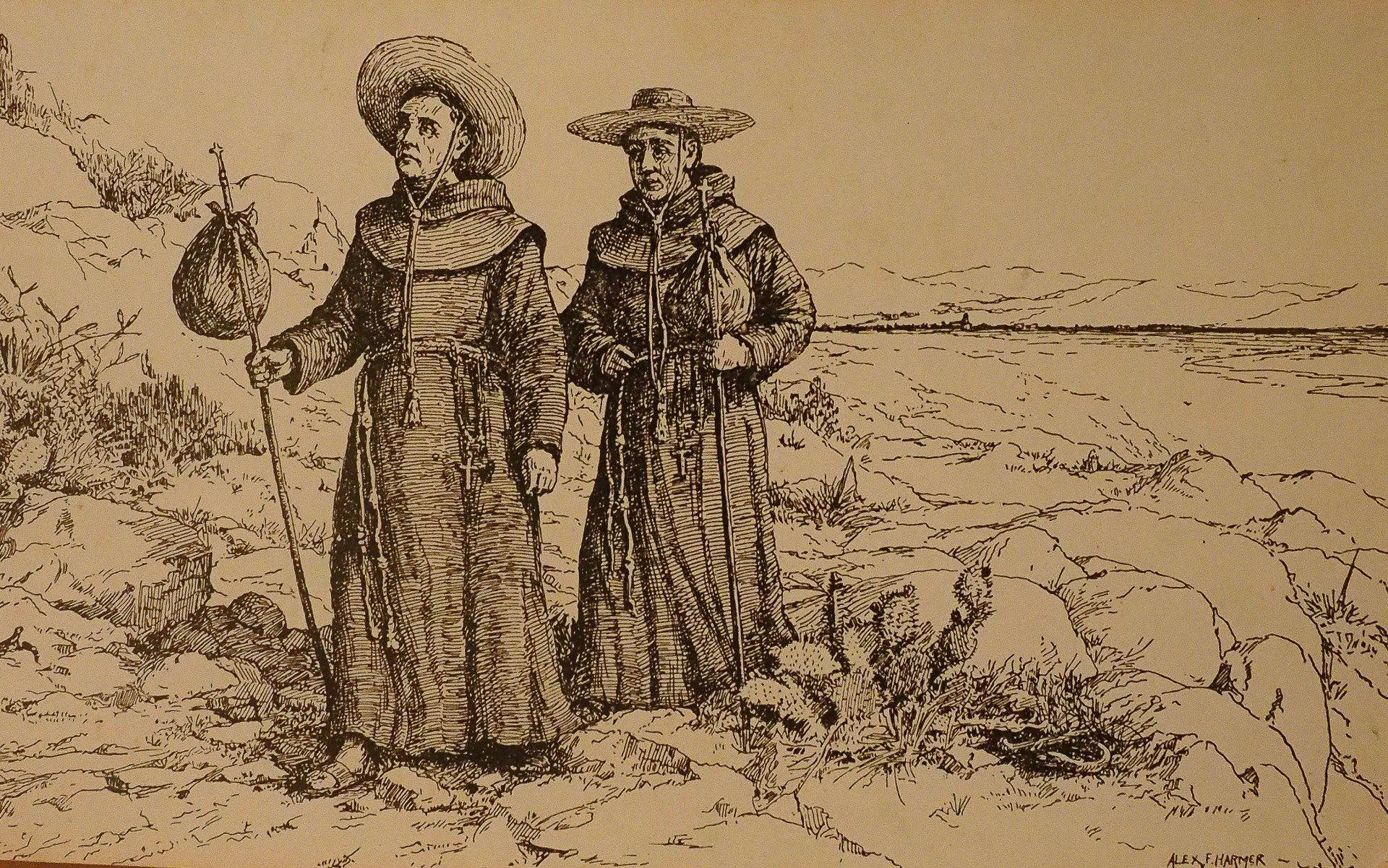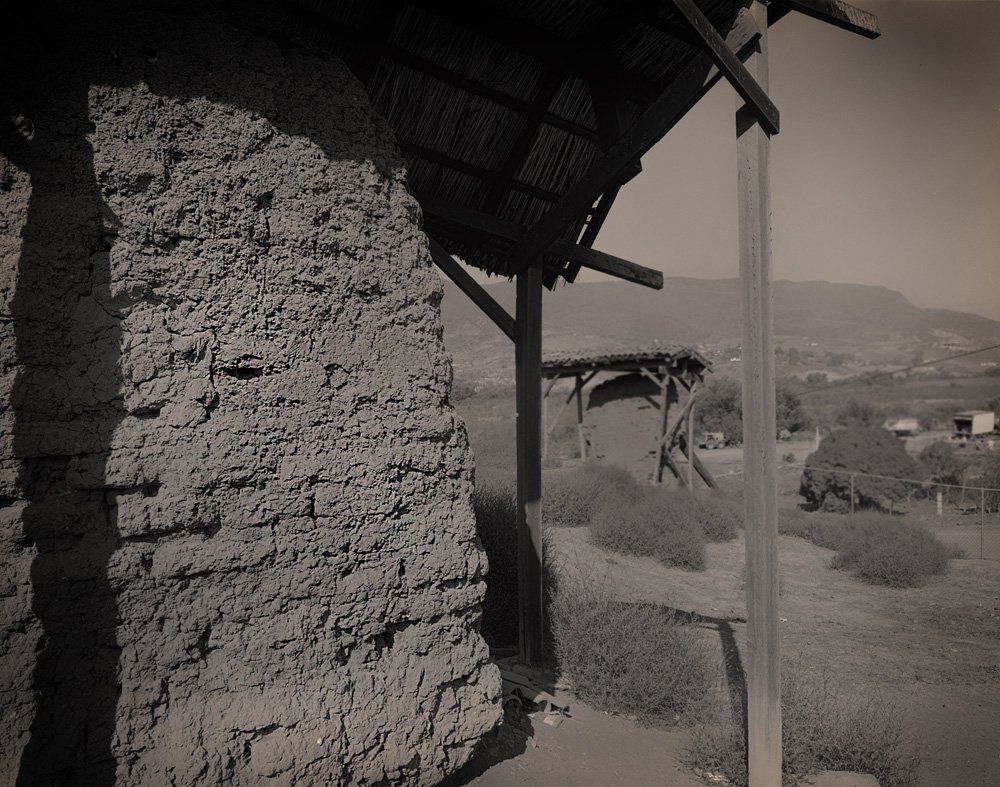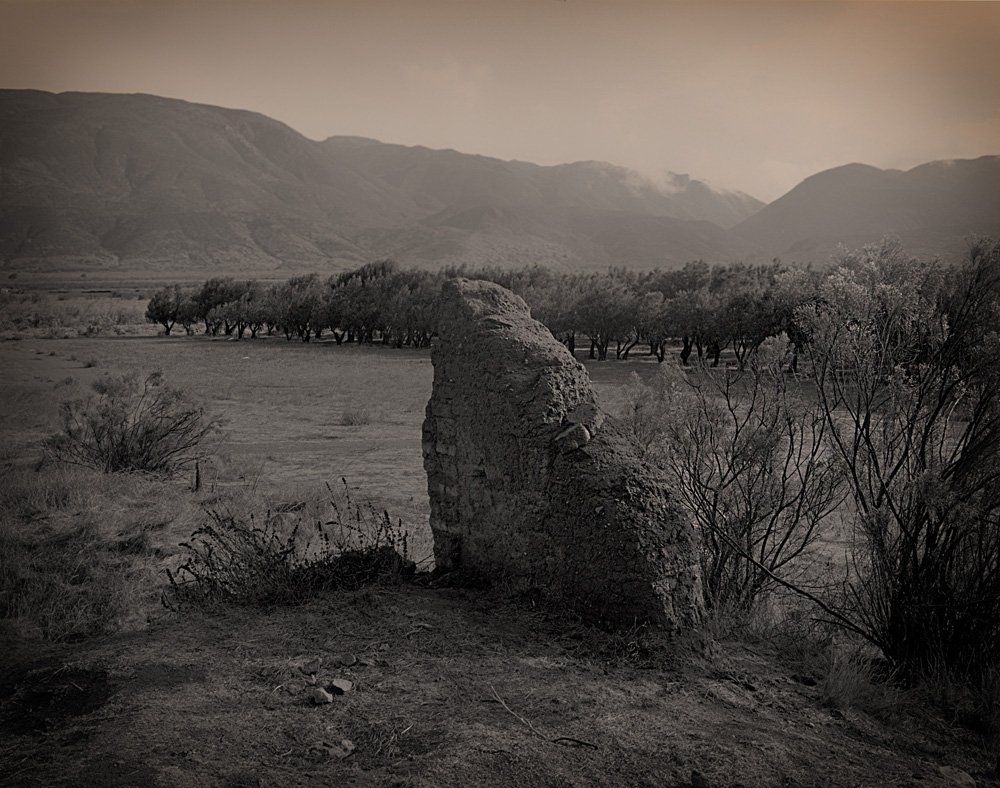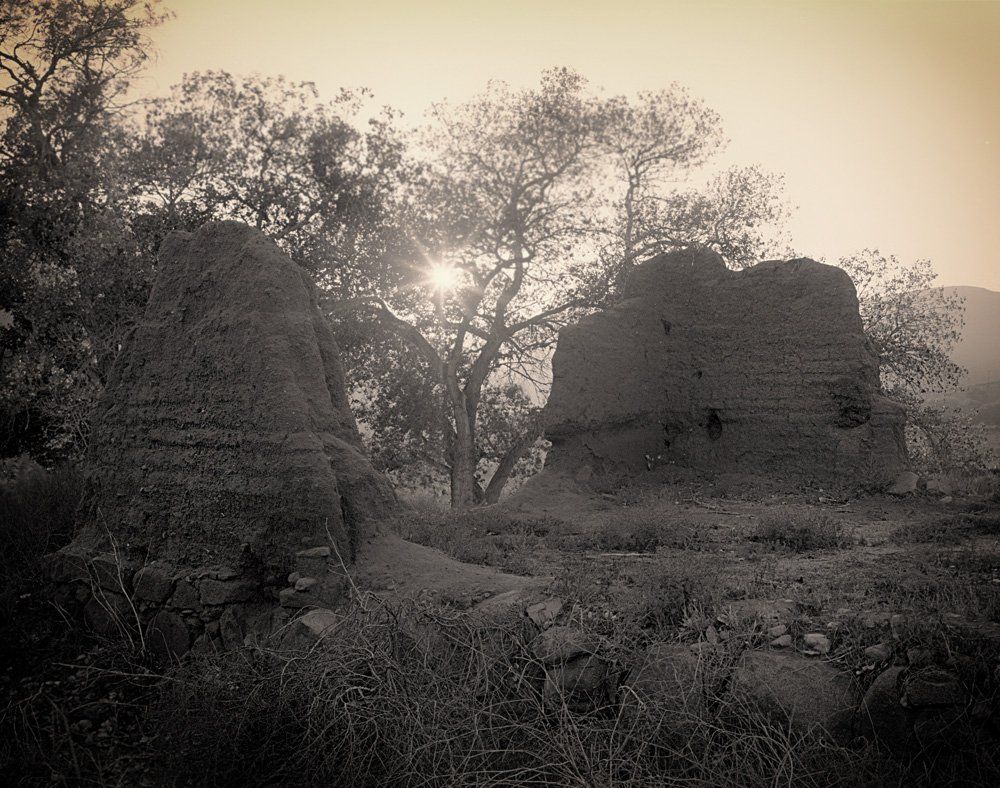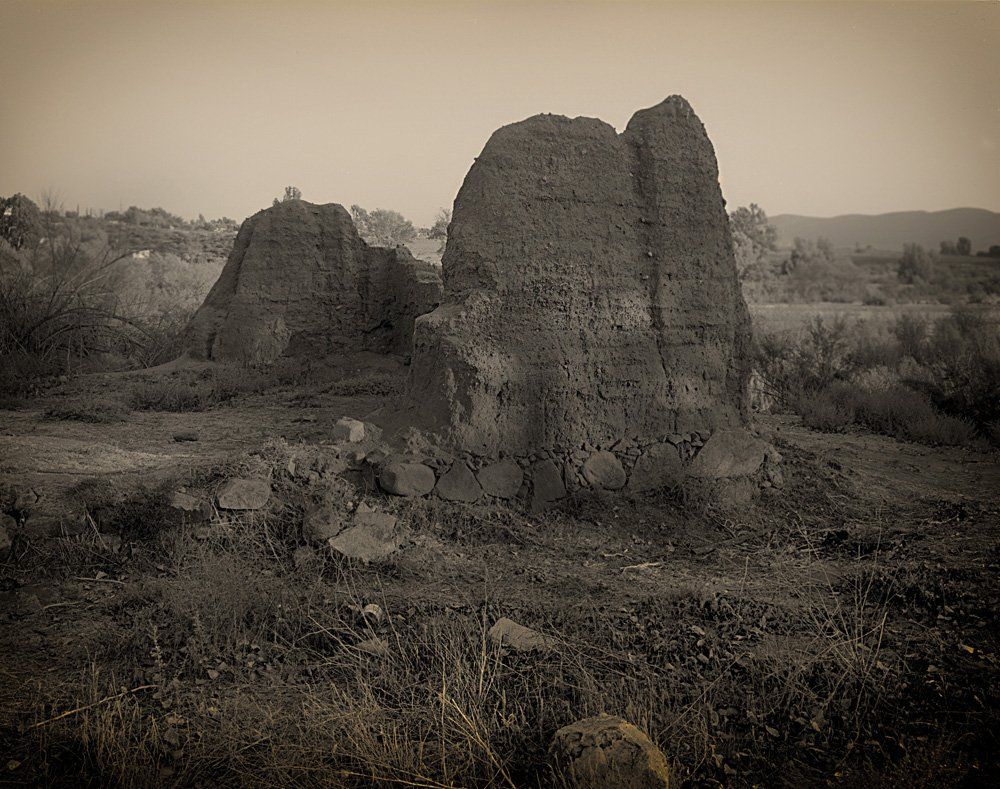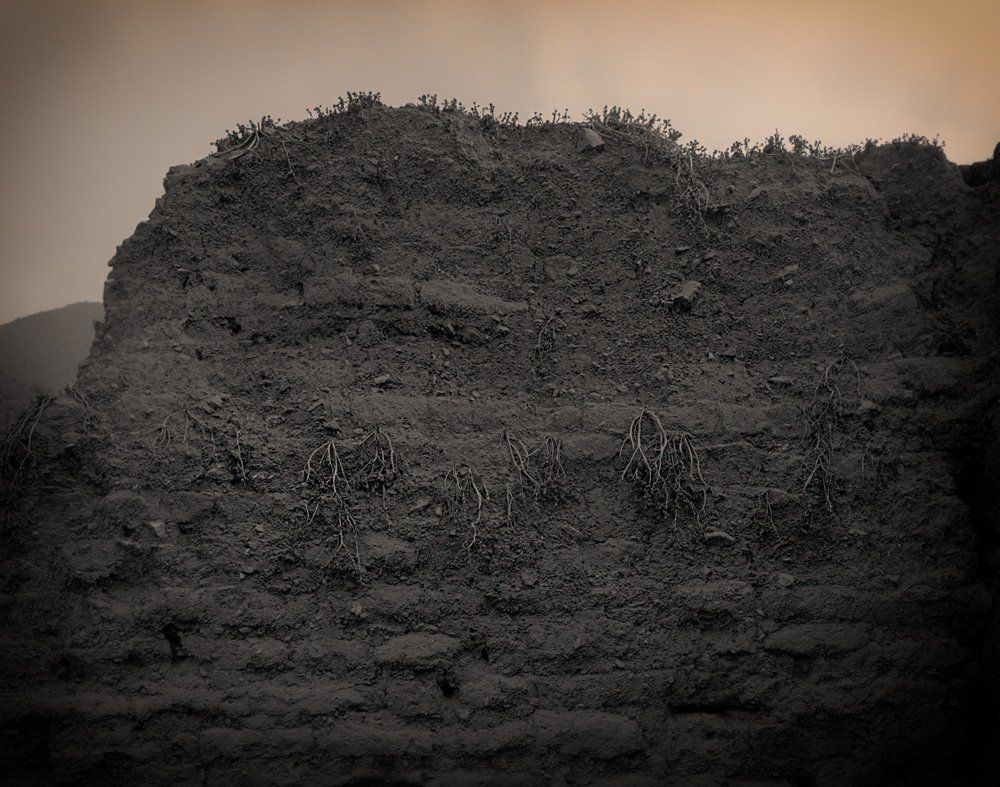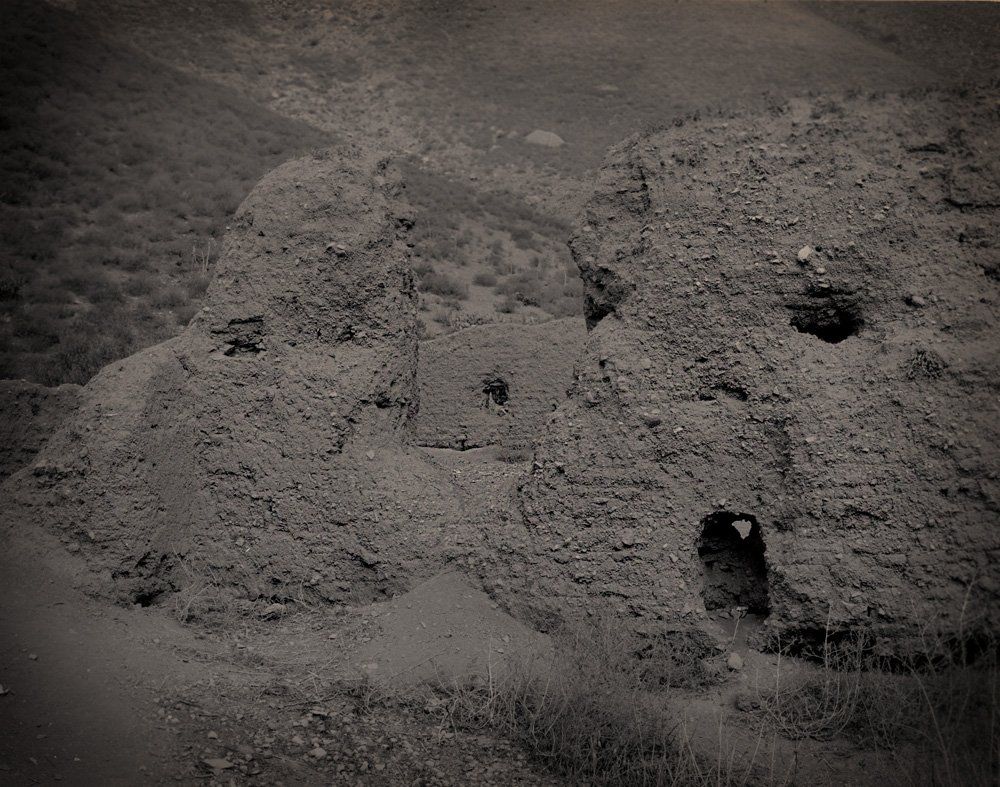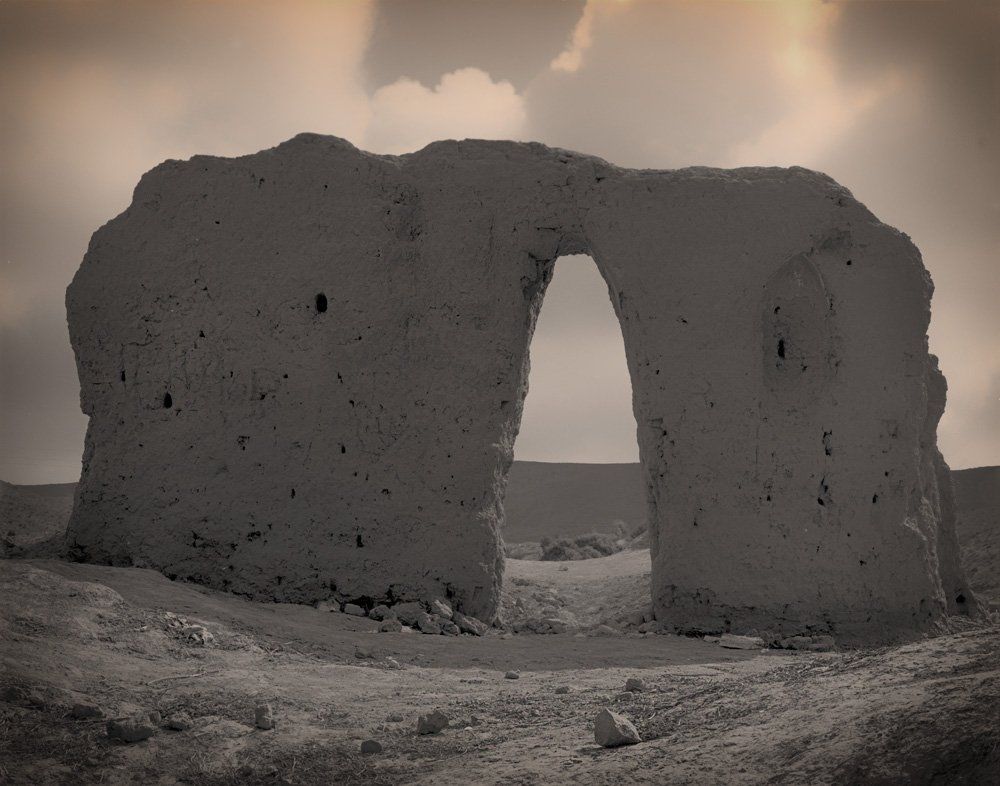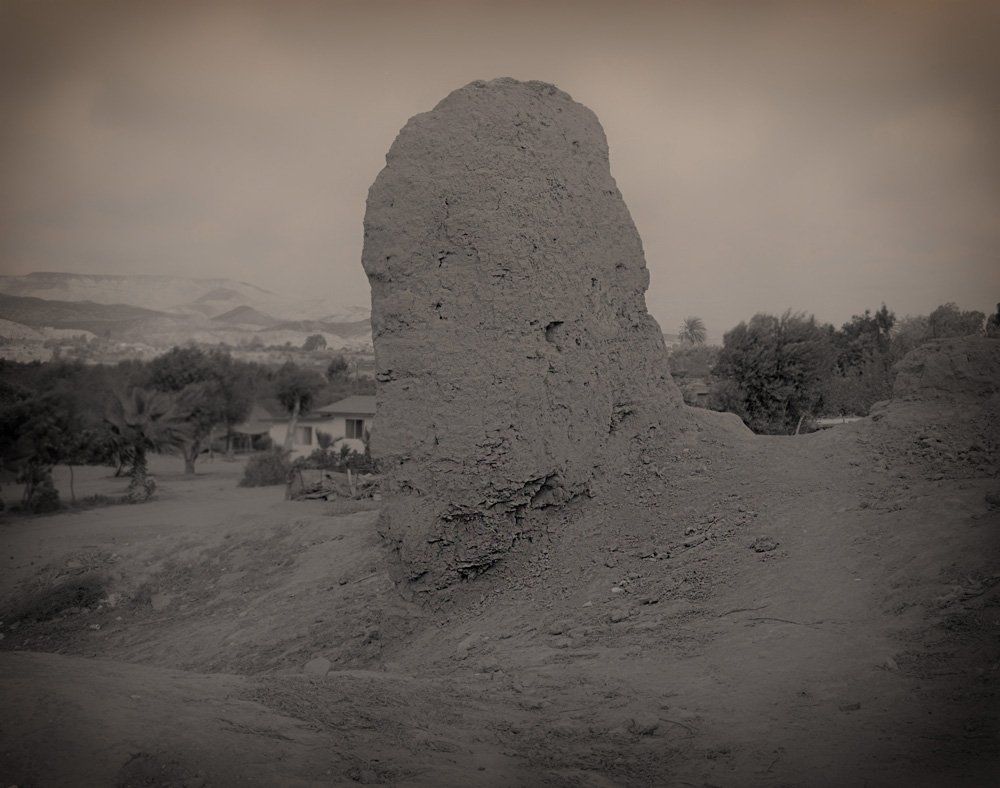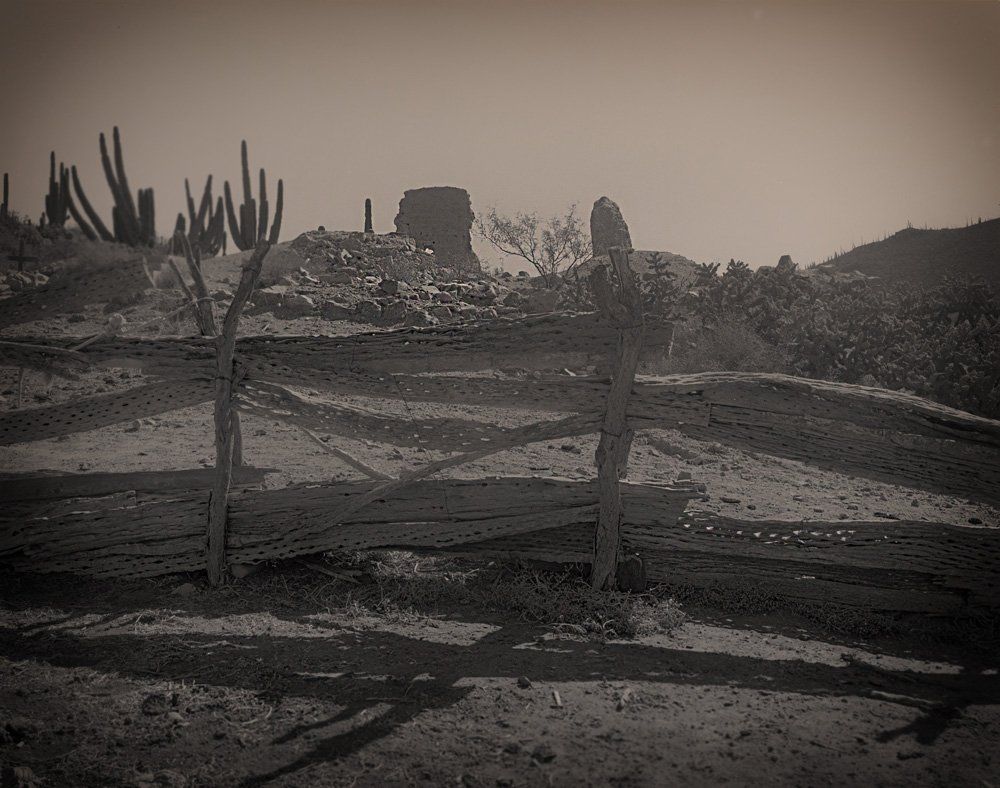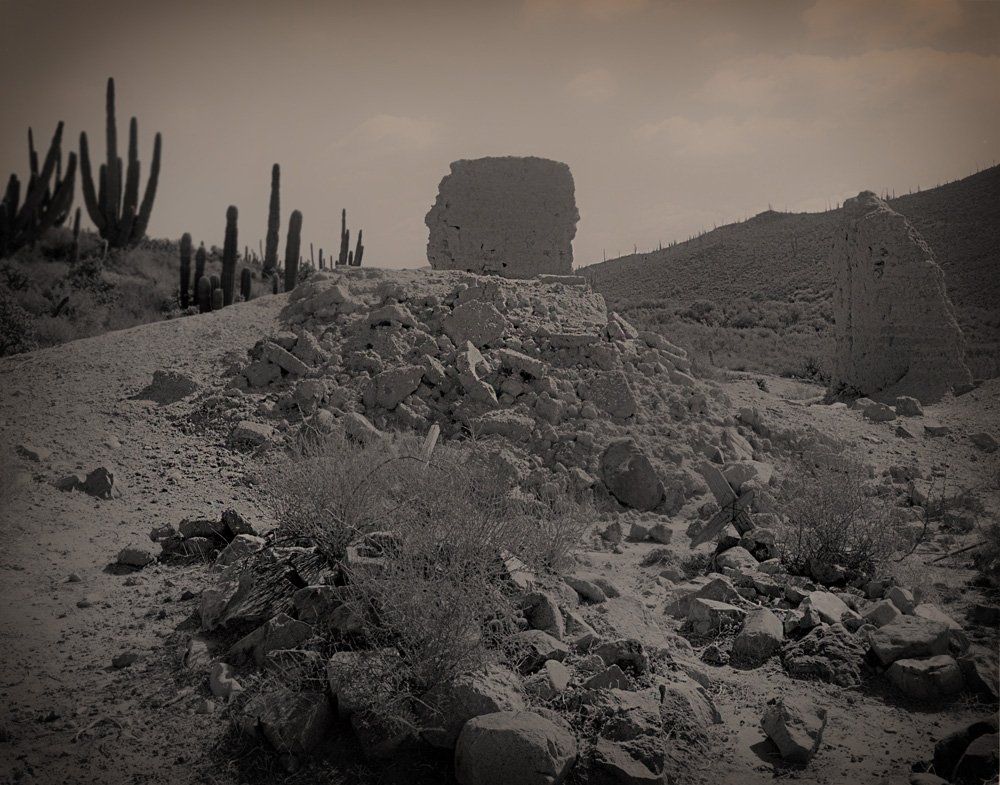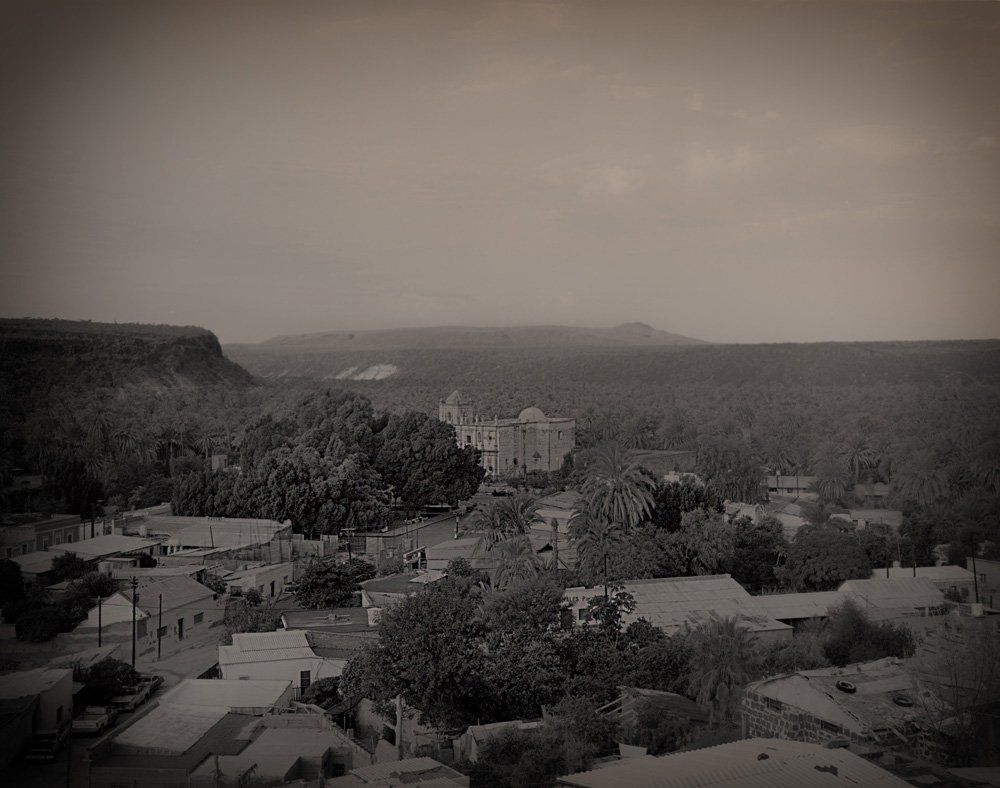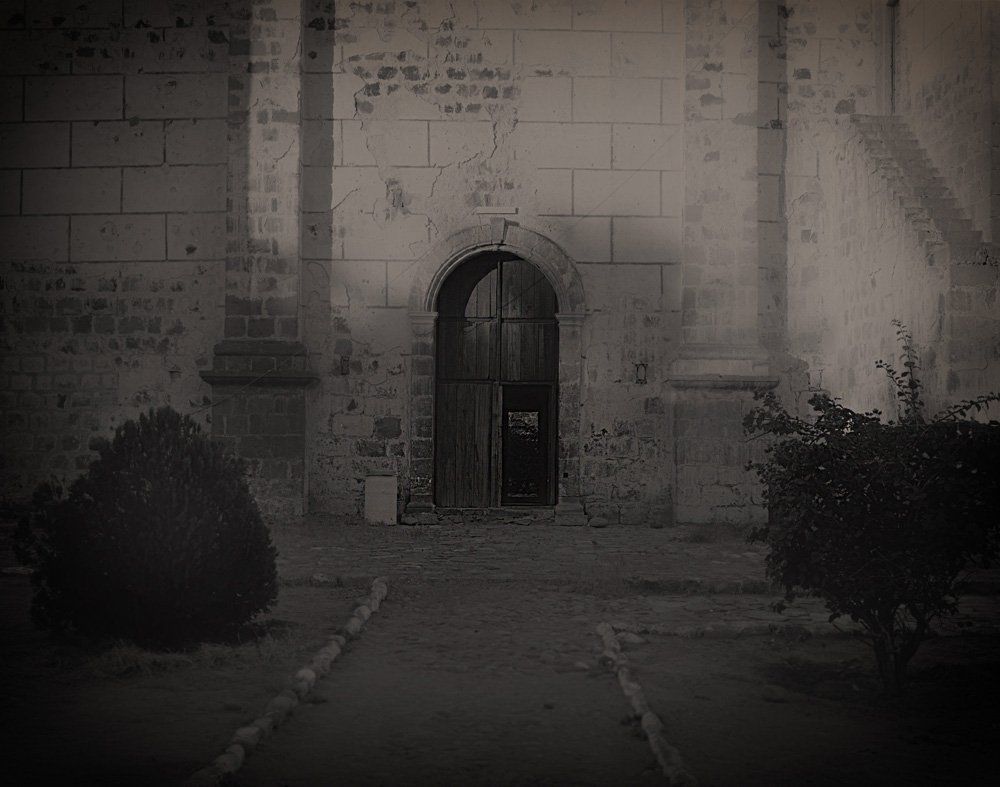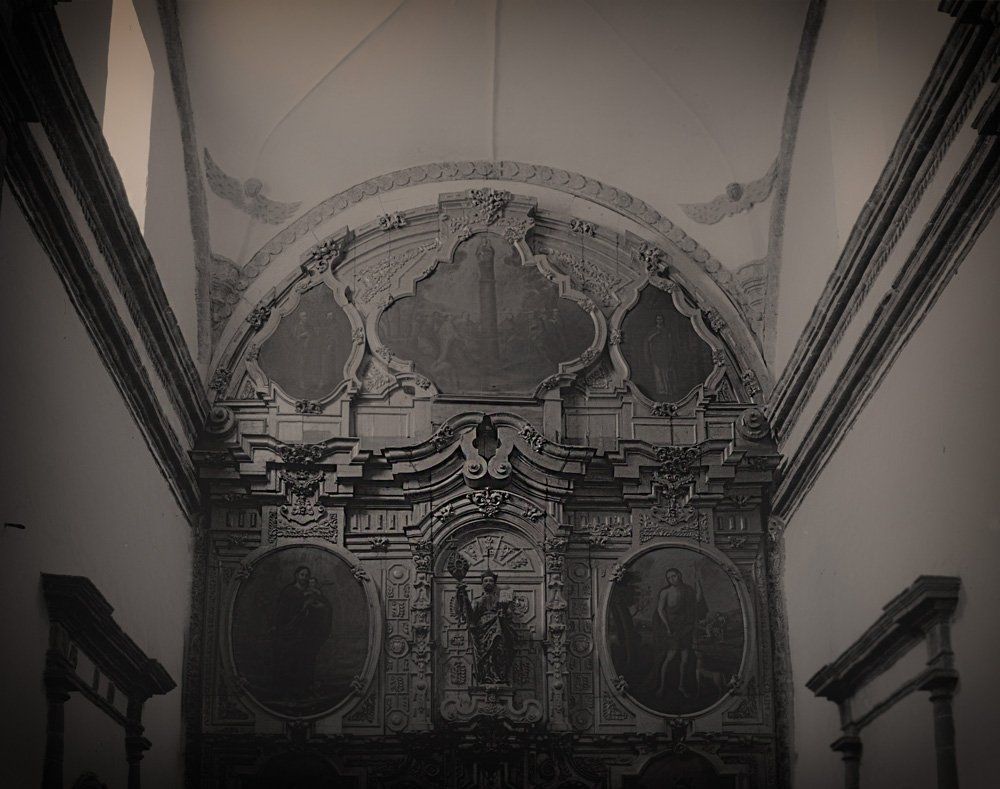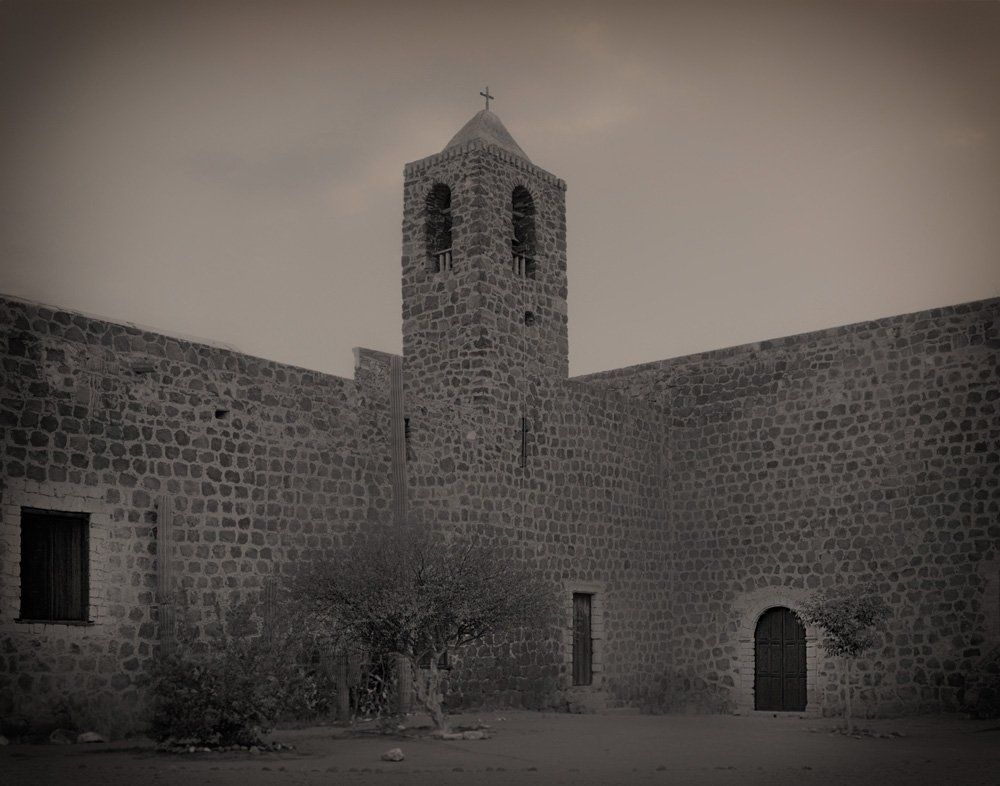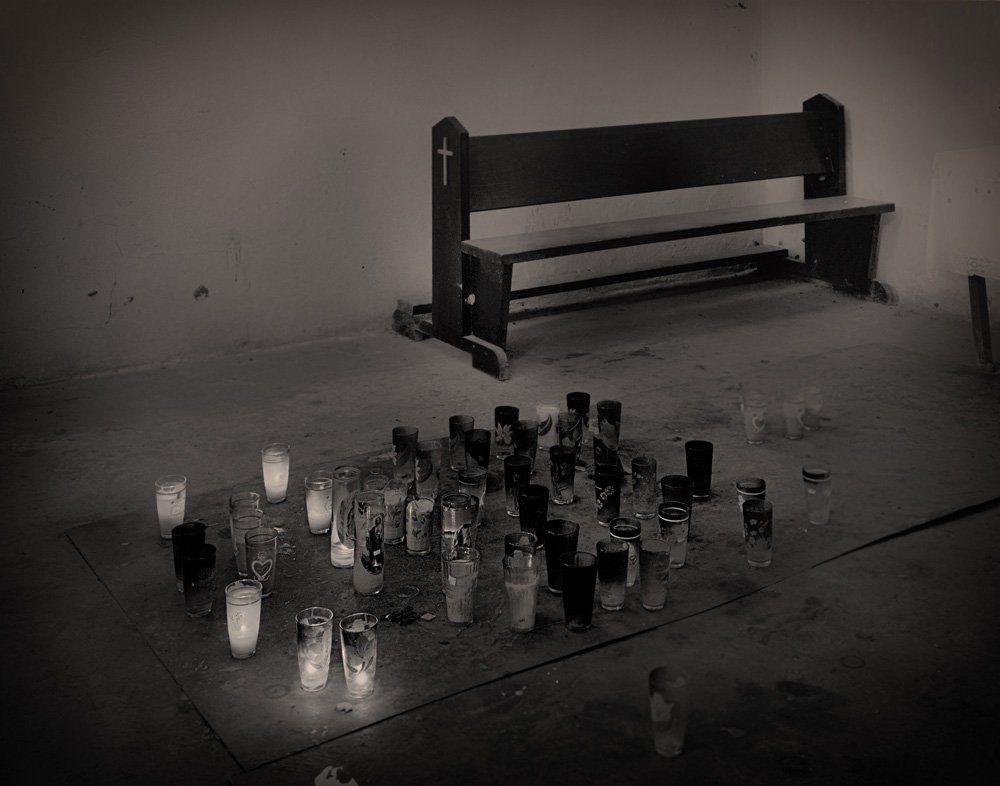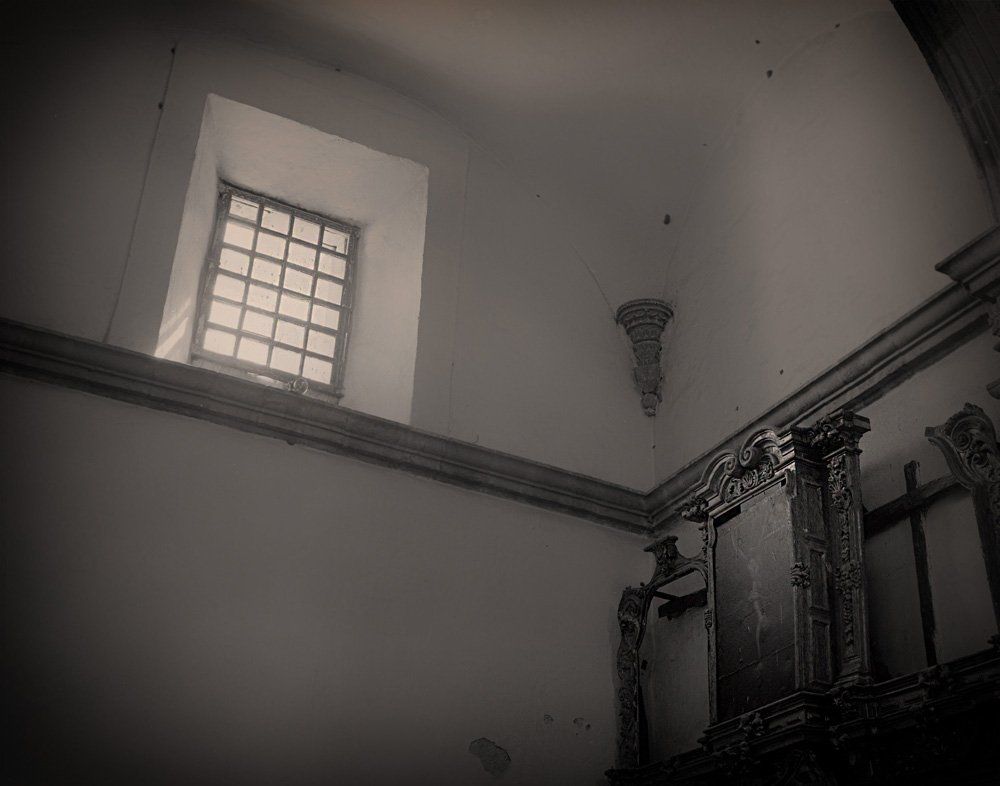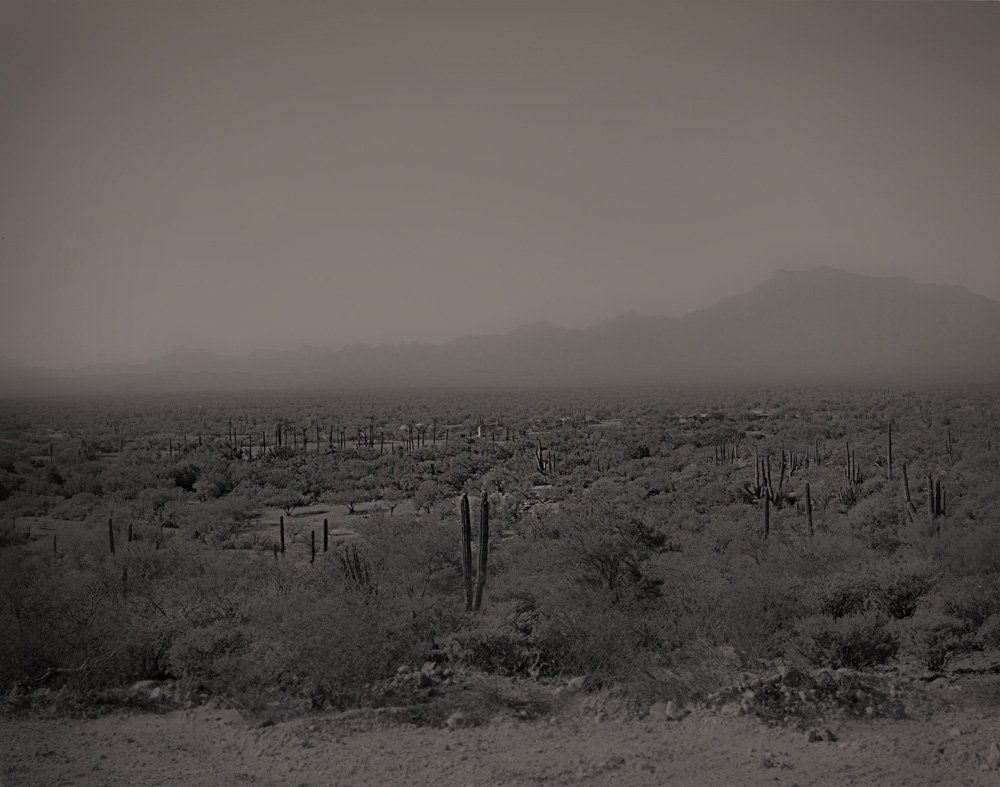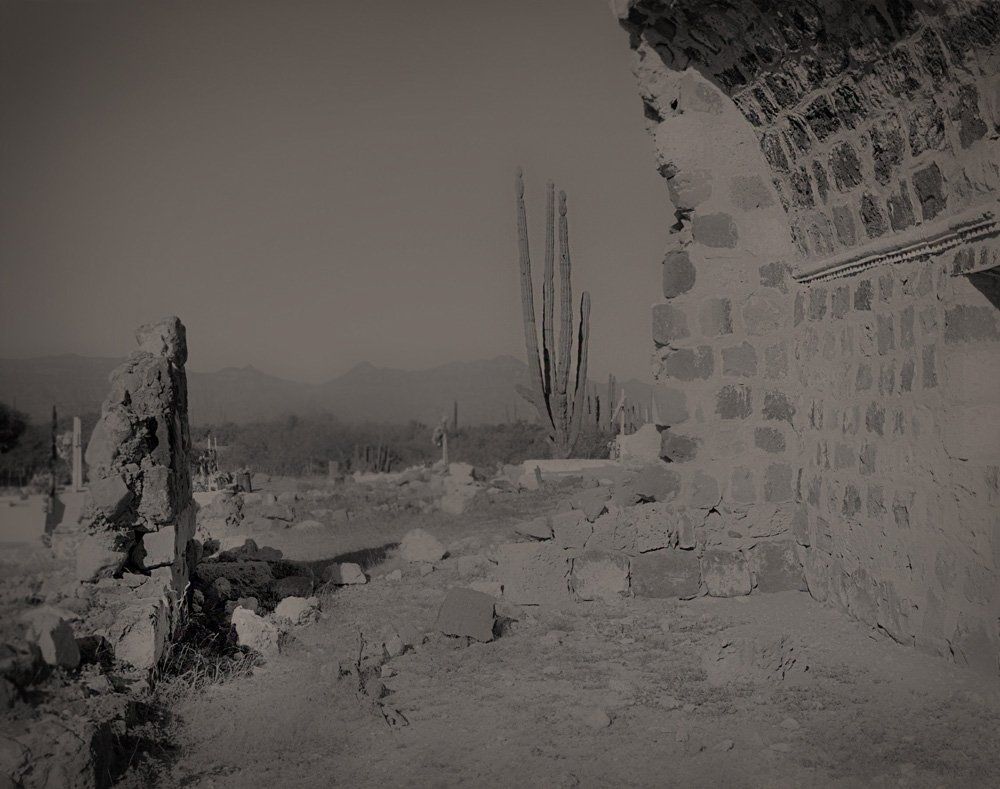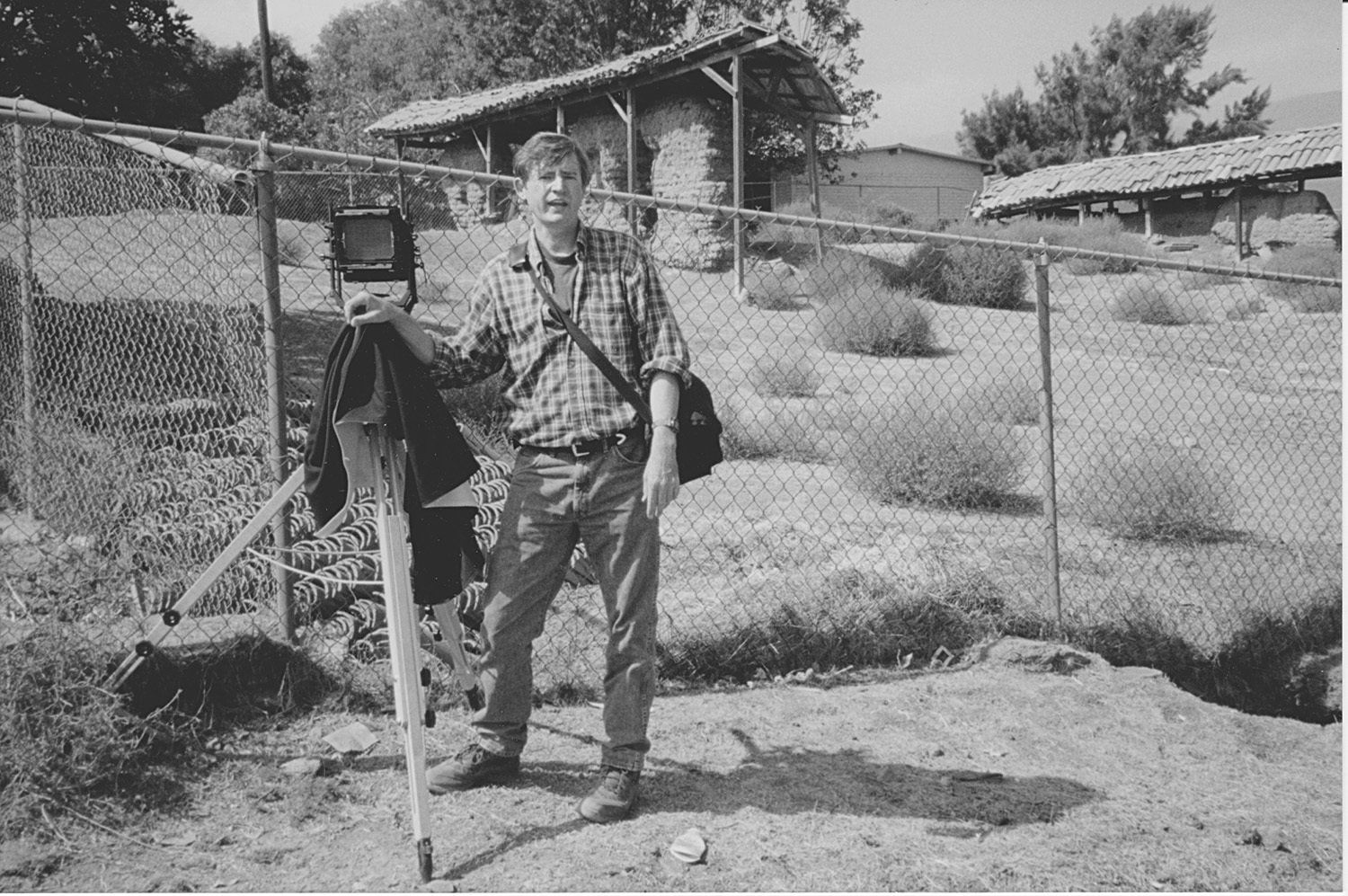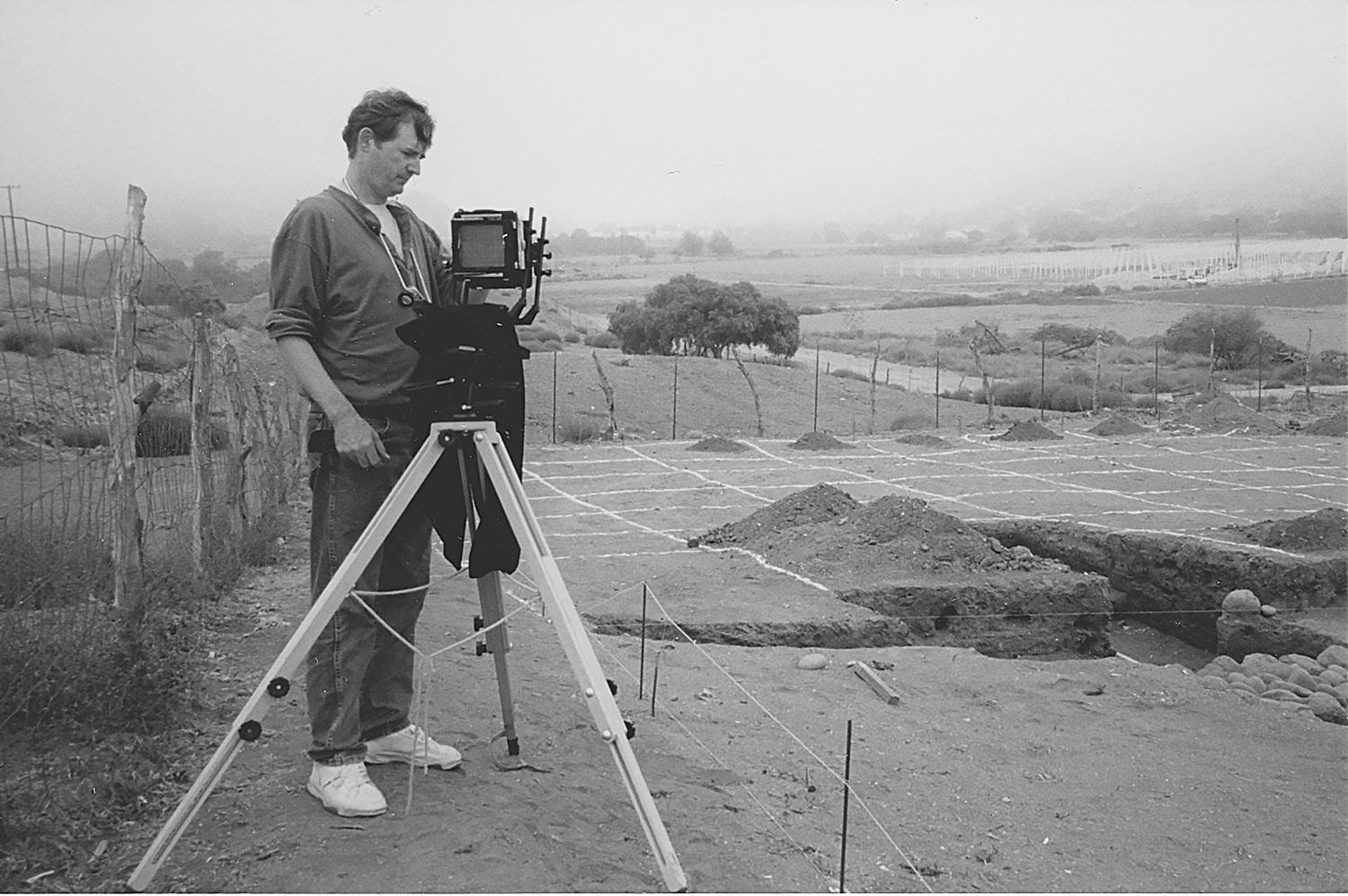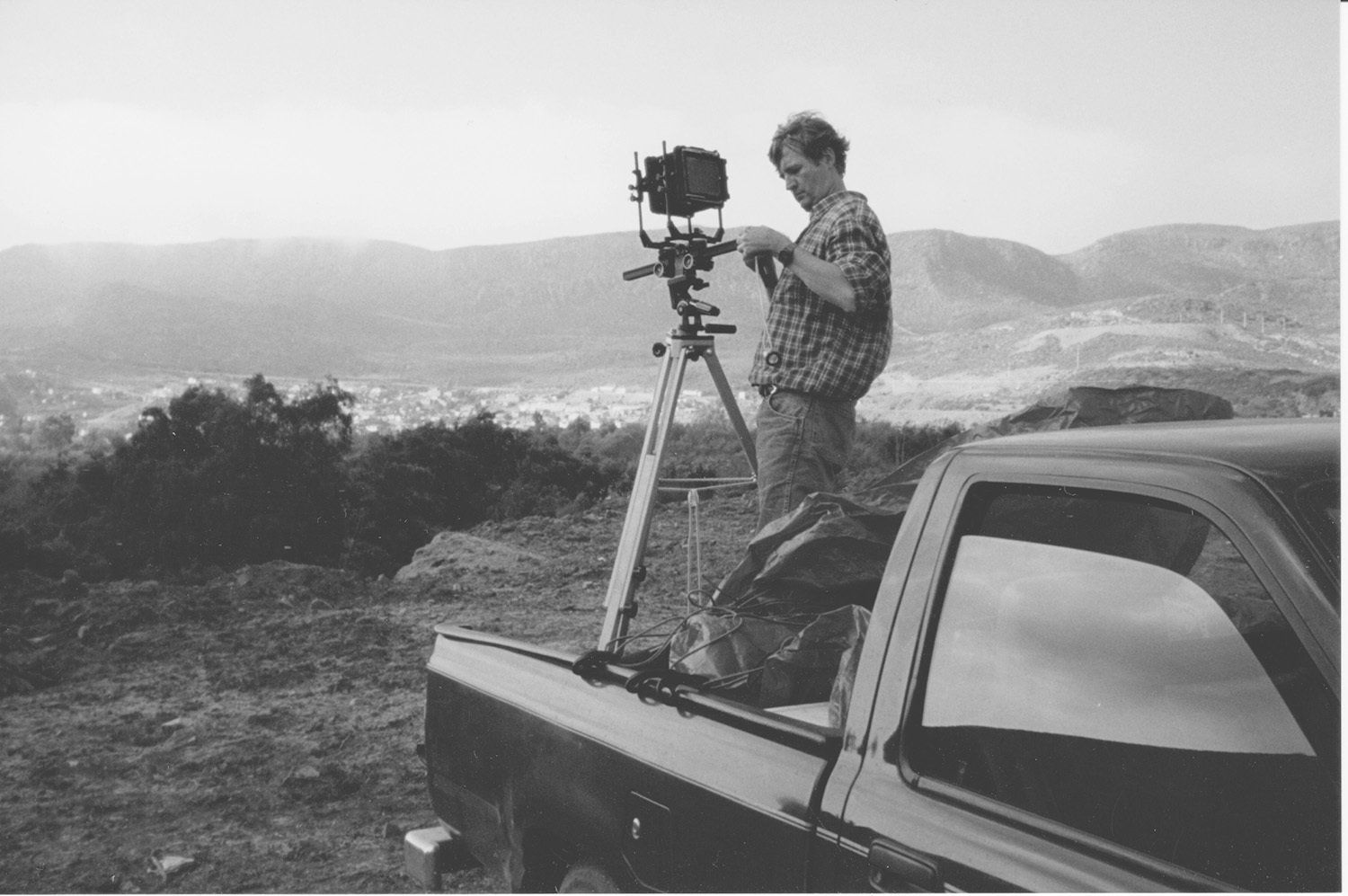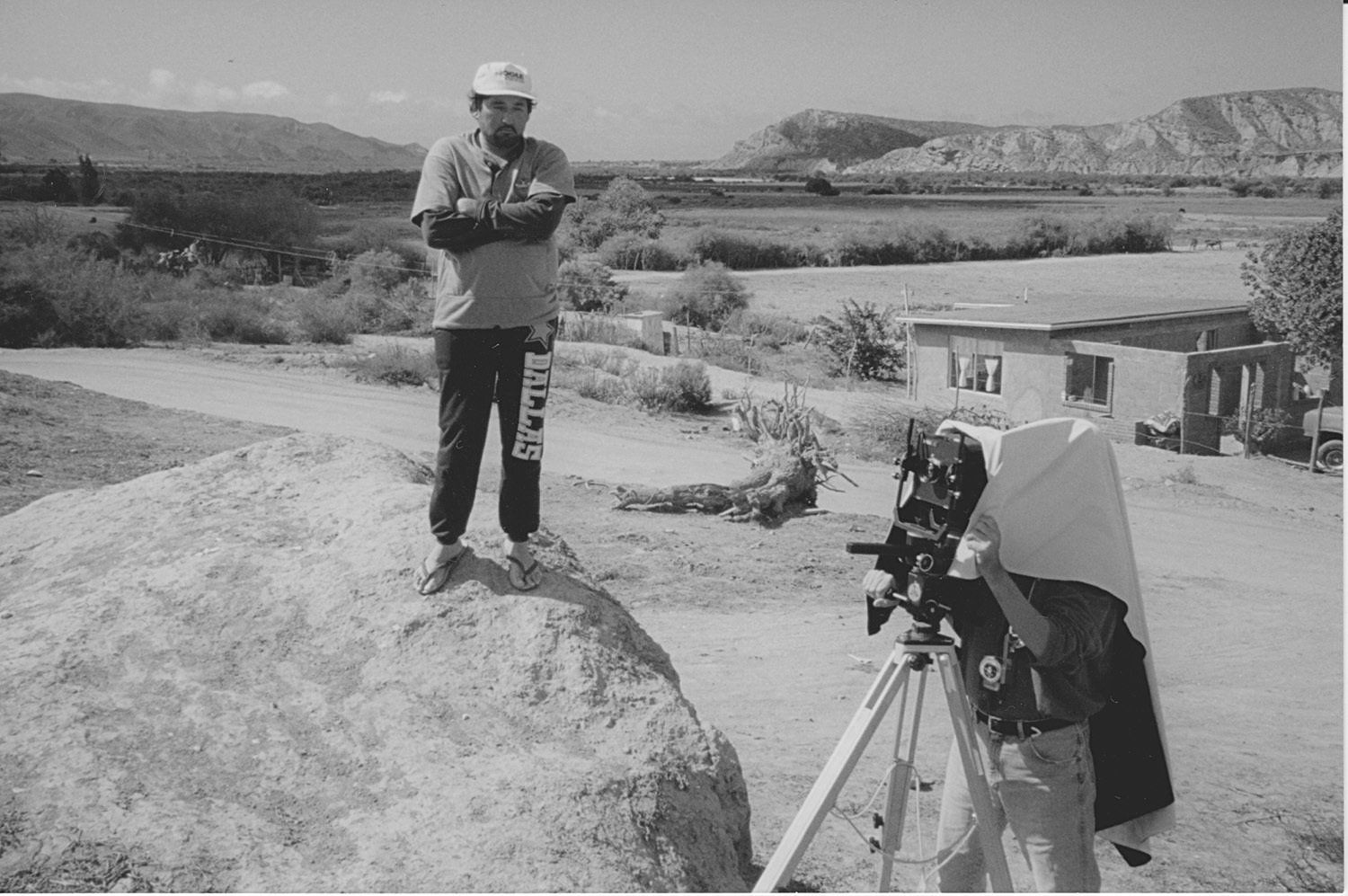Missions of Baja California
18th century landscapes of the Jesuits, Franciscans and Dominicans
Gallery
Field Notes
Missionary landfall on the Baja peninsula occurred in October of 1697. Having sailed across the Sea of Cortez, ten men led by the Jesuit missionary Padre Juan Marìa de Salvatierra, set foot on the shores near present-day Loreto. This team, referred to by Harry Crosby as, “the least impressive of armies,” found themselves among three different indigenous cultures. These were a people with little agriculture, few permanent settlements, domestic animals or traditions of pottery. They were ripe for conversion by these Christian missionaries from Spain, or, so they thought.
For the next 152 years, first the Jesuits, followed by the Franciscans then the Dominicans, churches were built and communities developed throughout the peninsula. These churches varied from small-scaled Baroque style buildings, such as the church at Loreto or the mountain church of Misión San Francisco Javier de Viggé-Biaundó, complete with decorative motifs and interior works of art, to smaller structures build from adobe brick, such as Misión San Vicente Ferrer.
I lived in Ensenada with my wife and two boys from 1982 to 1984. At first, we stayed on my father's ranch in the foothills east of this port city on the Pacific Ocean. Within a few months, we had found a house on a small bluff overlooking the surf. It was at that time that I became familiar with the mission churches, as well as the greater political and social networks throughout that part of modern Mexico. I began planning to photograph as many of these sites as possible. It would not be until 1996 that I was able to pursue this project.
For the next 152 years, first the Jesuits, followed by the Franciscans then the Dominicans, churches were built and communities developed throughout the peninsula. These churches varied from small-scaled Baroque style buildings, such as the church at Loreto or the mountain church of Misión San Francisco Javier de Viggé-Biaundó, complete with decorative motifs and interior works of art, to smaller structures build from adobe brick, such as Misión San Vicente Ferrer.
I lived in Ensenada with my wife and two boys from 1982 to 1984. At first, we stayed on my father's ranch in the foothills east of this port city on the Pacific Ocean. Within a few months, we had found a house on a small bluff overlooking the surf. It was at that time that I became familiar with the mission churches, as well as the greater political and social networks throughout that part of modern Mexico. I began planning to photograph as many of these sites as possible. It would not be until 1996 that I was able to pursue this project.
My approach was to not see the churches as isolated objects, architecturally, religiously and aesthetically. Rather, I wanted the project to view these churches and missions as a part of an interconnected landscape. As with most of my projects, the photographs were made with the eye and approach of an artist. This would be supported by my research and writing as I am also an art historian. My camera of choice was the 4x5" view camera.
When I worked on this project my friend and assistant Shannon Hambleton thoroughly documented the sites in 35mm slides along with her field notes. The project was completed on the 300-year anniversary of the establishment of the first church at Loreto. I was given permission to photograph these sites from the government agency in Mexico, INAH (Instituto Nacional de Antropología e Historia). They were charged with overseeing and protecting these structures. They had been struggling with looking after these churches, especially the more remote places in the mountains or off into the desert. I hoped that my photographs would also serve as archival documents of the state of the churches at that time.

